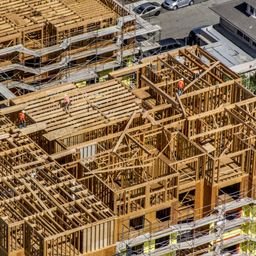Viewpoints
Industry insights, market outlook reports and commercial real estate
news, and trends from the Coldwell
Banker Commercial brand.
Dark Stores Help Light the Way for Retailers Adapting to Post-Pandemic Shopping Behaviors
Dark stores illuminate retail adaptation in a post-pandemic world, shaping future shopping behaviors.
Consumer Behavior Shifts & How it Impacts Real Estate Part 2
Big market changes over the last 2 years? CBC explores consumer behavior shifts in real estate.
Consumer Behavior Shifts & How it Impacts Real Estate Part 1
Analyzing consumer behavior shifts and their profound impact on real estate markets.
Mid Year Economic Outlook and CRE
CBC's mid-year economic outlook discusses American economy impacts on CRE with NAR's chief economist.
The Great Mall Comeback
The Great Mall Comeback: Pandemic recovery sees malls rebounding as key retail sectors.
Top 10 Retail Brands of 2022: Part 2
Retail brands bounce back in 2022's second half. Discover top performers with insights from Coldwell Banker Commercial.
Top 10 Retail Brands to Watch in 2022: Part 1
Watch out for the top 10 retail brands of 2022 as Coldwell Banker Commercial navigates through post-pandemic commerce disruptions.
NAR Reports: Retail Fundamentals Improving as Year Progresses
NAR's positive outlook on retail fundamentals signals recovery and growth as the year progresses.
2022 Outlook Part 2: Expect Another Strong Year
CBC's 2022 Outlook Part 2 projects another strong year for CRE. Get the full analysis from Coldwell Banker Commercial.
2022 Outlook Part 1: Expect Another Strong Year
2022 CRE outlook remains strong, with CBC providing trend insights and market analysis.









